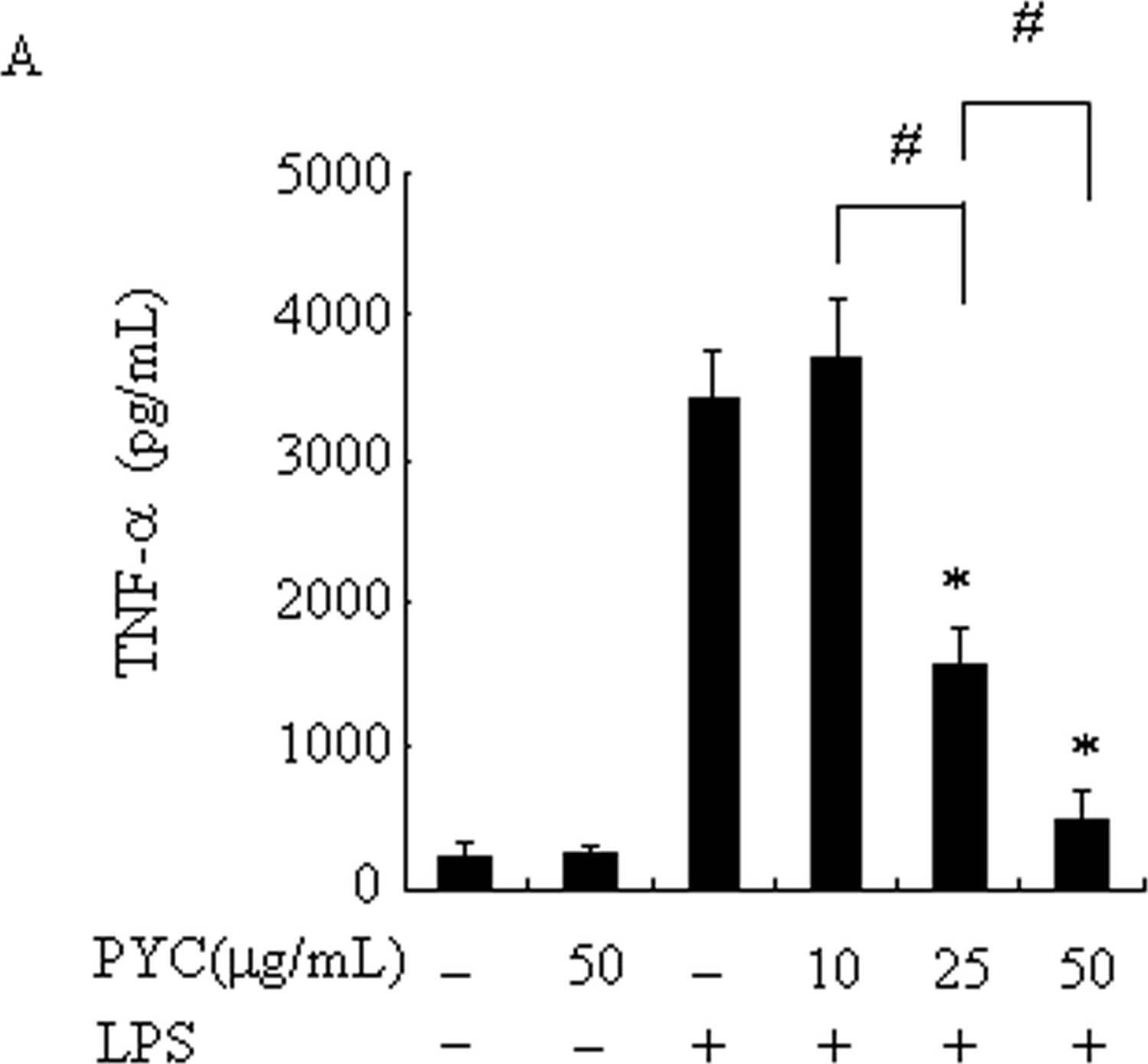Mouse TNF-alpha ELISA Kit - Quantikine Best Seller
R&D Systems, part of Bio-Techne | Catalog # MTA00B

Key Product Details
Assay Length
Sample Type & Volume Required Per Well
Sensitivity
Assay Range
Product Summary for Mouse TNF-alpha Quantikine ELISA Kit
Product Specifications
Measurement
Detection Method
Conjugate
Reactivity
Specificity
Cross-reactivity
Interference
Precision
Intra-Assay Precision (Precision within an assay) Three samples of known concentration were tested twenty times on one plate to assess intra-assay precision.
Inter-Assay Precision (Precision between assays) Three samples of known concentration were tested in twenty separate assays to assess inter-assay precision.
Cell Culture Supernates
| Intra-Assay Precision | Inter-Assay Precision | |||||
|---|---|---|---|---|---|---|
| Sample | 1 | 2 | 3 | 1 | 2 | 3 |
| n | 20 | 20 | 20 | 20 | 20 | 20 |
| Mean (pg/mL) | 54.6 | 116 | 405 | 52.6 | 138 | 373 |
| Standard Deviation | 1.50 | 4.51 | 12.5 | 4.61 | 8.49 | 29.7 |
| CV% | 2.7 | 3.9 | 3.1 | 8.8 | 6.2 | 8.0 |
EDTA Plasma, Heparin Plasma, Serum
| Intra-Assay Precision | Inter-Assay Precision | |||||
|---|---|---|---|---|---|---|
| Sample | 1 | 2 | 3 | 1 | 2 | 3 |
| n | 20 | 20 | 20 | 20 | 20 | 20 |
| Mean (pg/mL) | 50.5 | 134 | 375 | 53.0 | 146 | 388 |
| Standard Deviation | 1.91 | 4.95 | 11.5 | 3.69 | 8.42 | 29.7 |
| CV% | 3.8 | 3.7 | 3.1 | 7.0 | 5.8 | 7.7 |
Recovery for Mouse TNF-alpha Quantikine ELISA Kit
The recovery of mouse TNF-alpha spiked to three levels throughout the range of the assay in various matrices was evaluated.
| Sample Type | Average % Recovery | Range % |
|---|---|---|
| Cell Culture Supernates (n=6) | 104 | 94-111 |
| EDTA Plasma (n=4) | 95 | 85-103 |
| Heparin Plasma (n=4) | 92 | 86-98 |
| Serum (n=4) | 94 | 88-106 |
Linearity
To assess the linearity of the assay, samples were spiked with various concentrations of mouse TNF-alpha in each matrix, diluted with the appropriate Calibrator Diluent and then assayed.

Scientific Data Images for Mouse TNF-alpha Quantikine ELISA Kit
Mouse TNF-alpha ELISA Cell Culture Supernate Standard Curve
Mouse TNF-alpha ELISA Serum/Plasma Standard Curve
Mouse TNF-alpha ELISA Kit - Quantikine
HFD-induced plasma saturated free fatty acid (FFA) and lactate trigger production of proinflammatory cytokines and VEGF in mouse chondrocytes.(a~d) Relative mRNA levels of IL-6 (a), TNF-alpha (b), IL-1 beta (c) and VEGF (d) in the mouse primary chondrocytes treated with full or fractionated (>3 KD or <3 KD) serum from the 8-week ND or HFD-feeding mice. (n = 3, *P < 0.05, **P < 0.01 and ***P < 0.005). (e~h) Relative mRNA levels of IL-6 (e), TNF-alpha (f), IL-1 beta (g) and VEGF (h) in the mouse primary chondrocytes treated with BSA (5%) or BSA-linked FFA (18:0, 200 μM) for 24 h. (n = 3, *P < 0.05 and **P < 0.01). (i~l) Relative mRNA expression of IL-6 (i), TNF-alpha (j), IL-1 beta (k) and VEGF (l) in the mouse primary chondrocytes treated with lactate (25 mM) or vehicle control for 24 h. (n = 3, *P < 0.05 and **P < 0.01). Image collected and cropped by CiteAb from the following open publication (https://pubmed.ncbi.nlm.nih.gov/26271607), licensed under a CC-BY license. Not internally tested by R&D Systems.Preparation and Storage
Shipping
Stability & Storage
Background: TNF-alpha
Long Name
Alternate Names
Entrez Gene IDs
Gene Symbol
Additional TNF-alpha Products
Product Documents for Mouse TNF-alpha Quantikine ELISA Kit
Product Specific Notices for Mouse TNF-alpha Quantikine ELISA Kit
For research use only
⚠ WARNING: This product can expose you to chemicals including N,N-Dimethylforamide, which is known to the State of California to cause cancer. For more information, go to www.P65Warnings.ca.gov.



